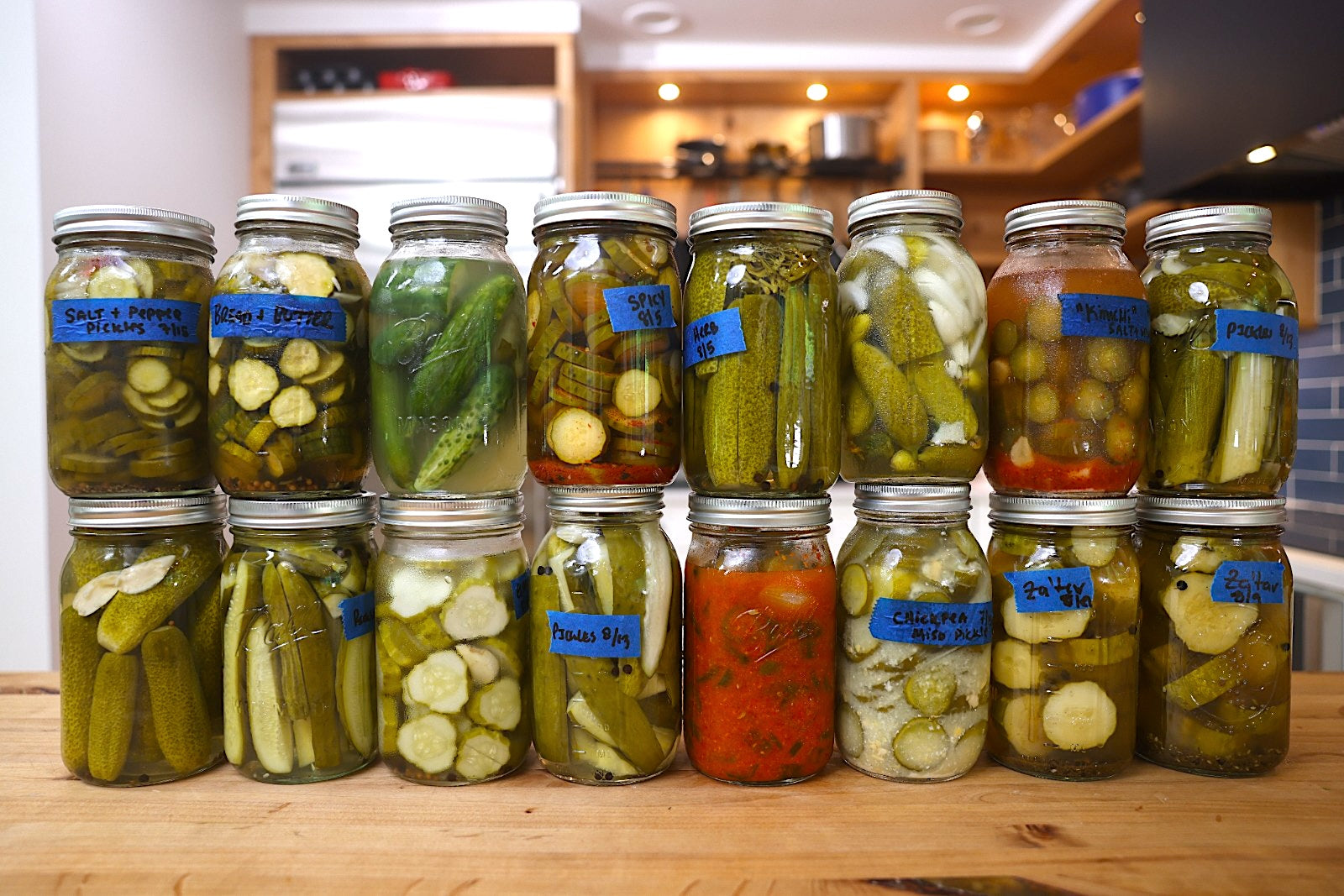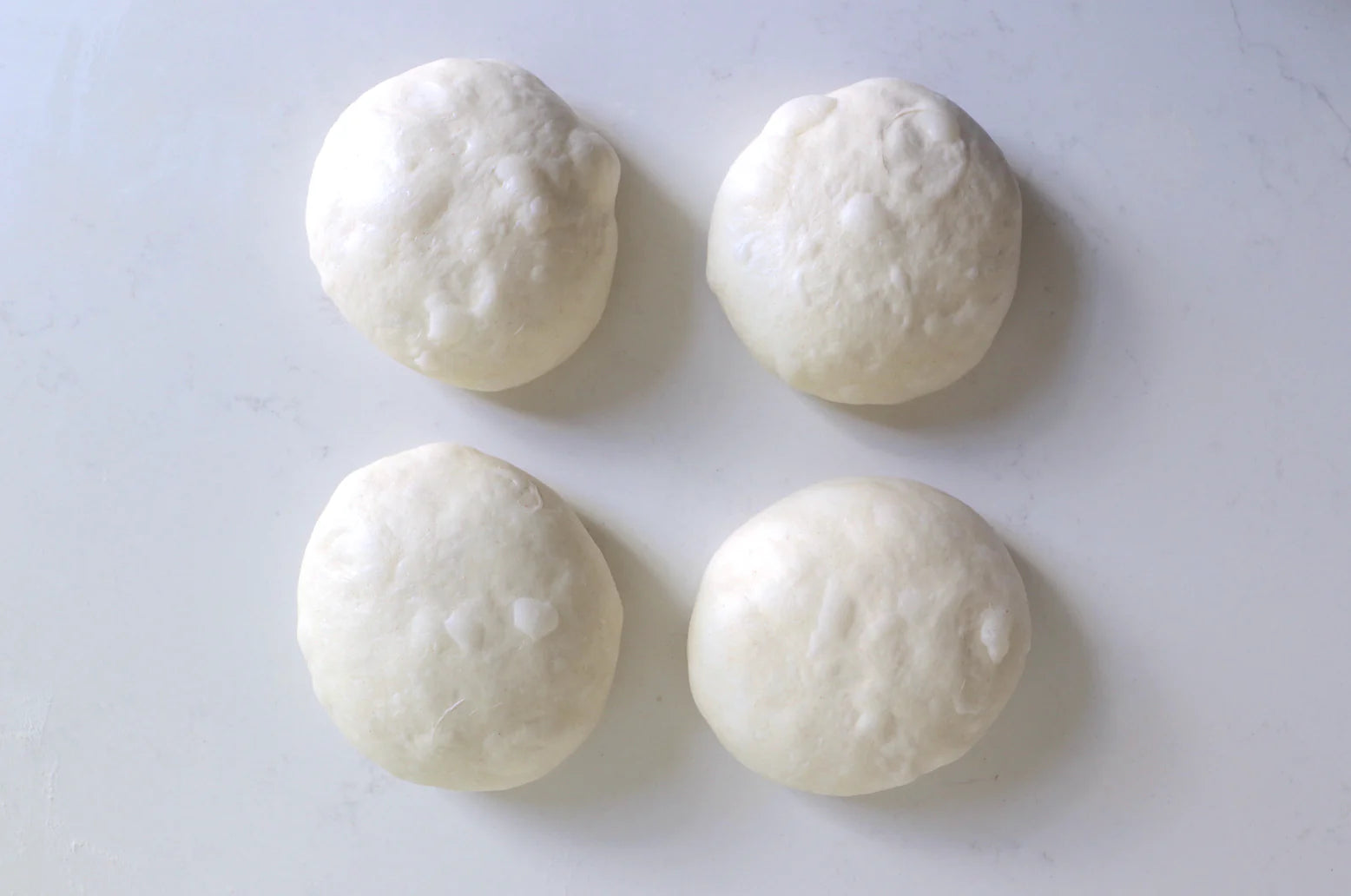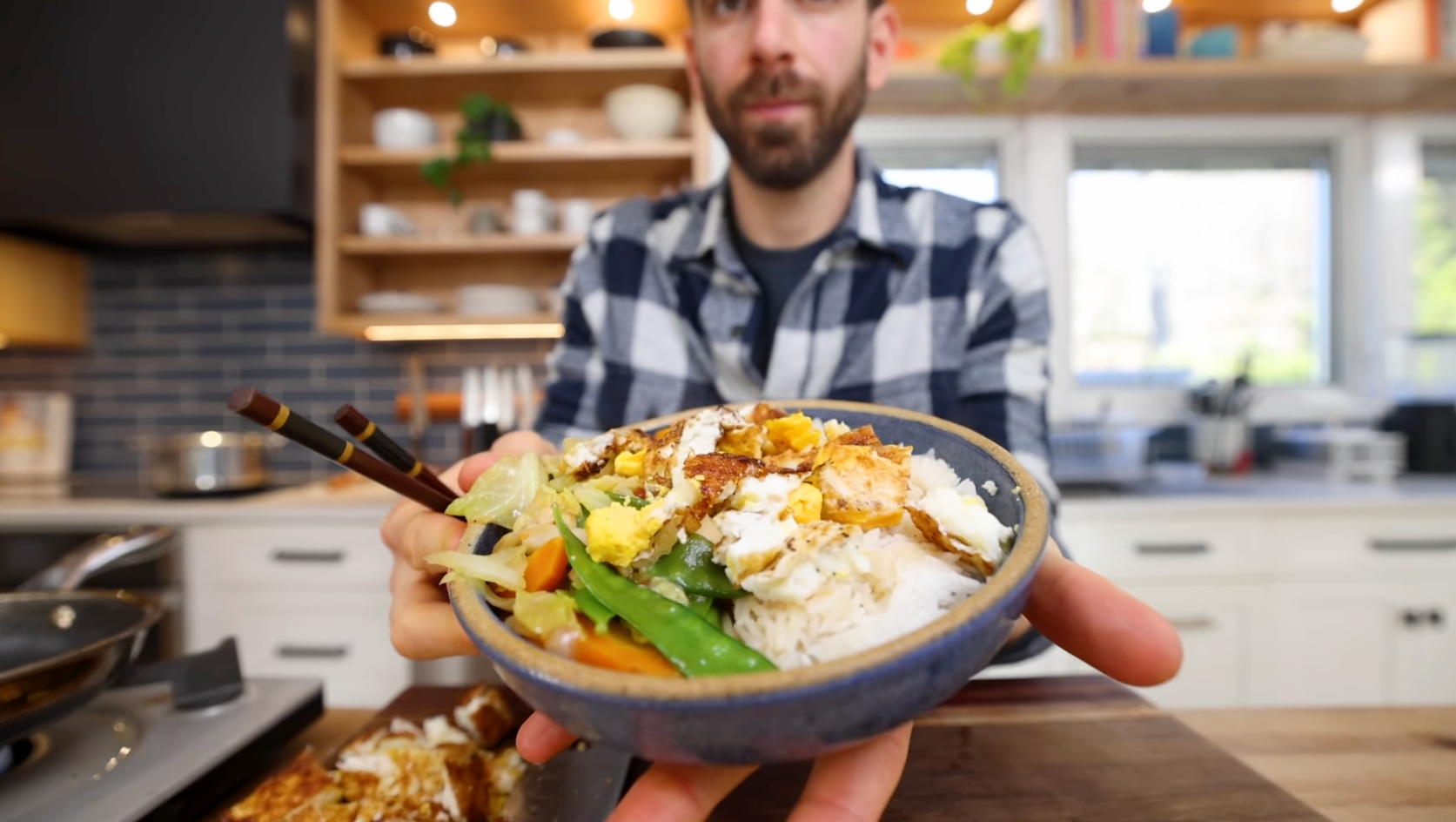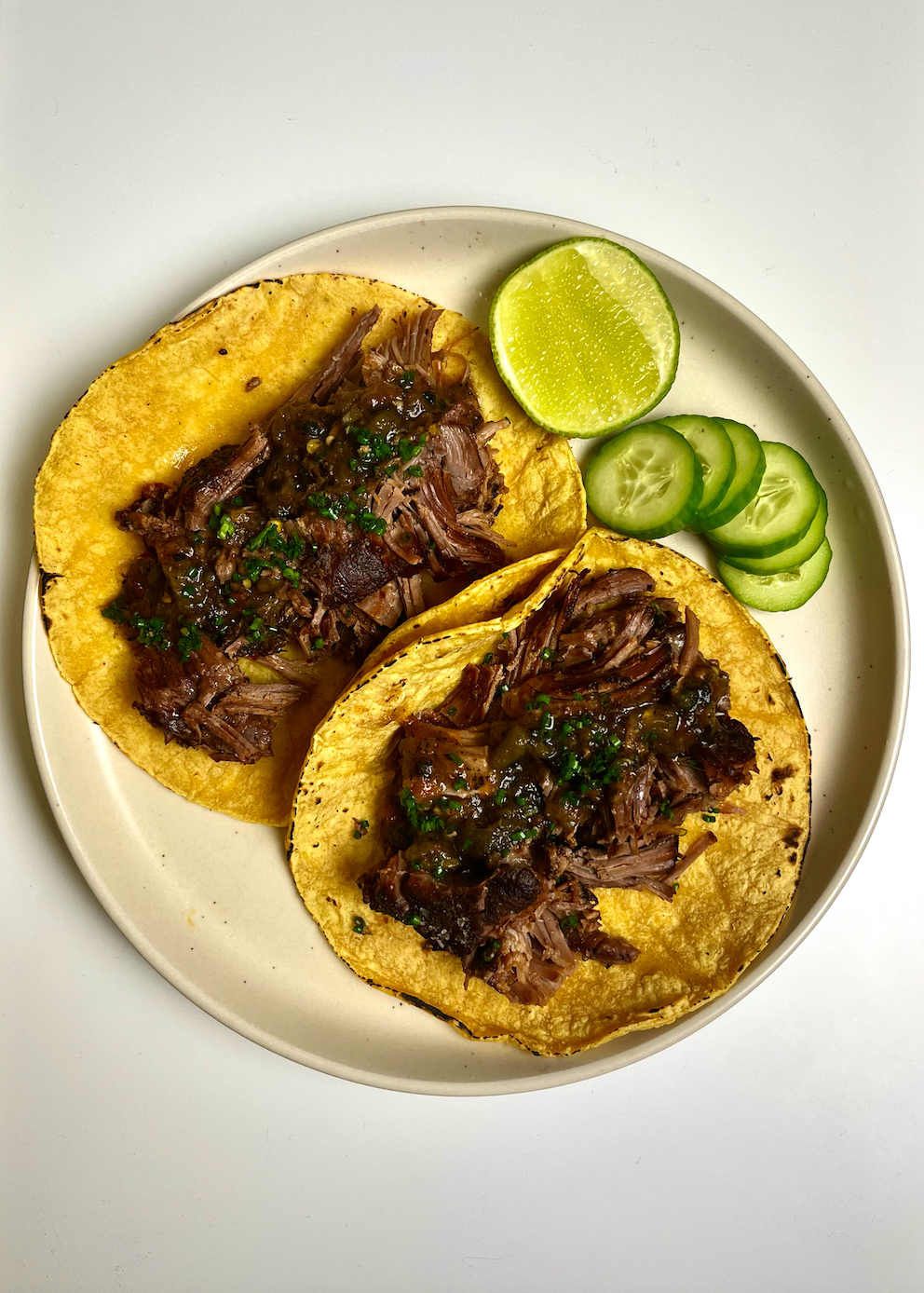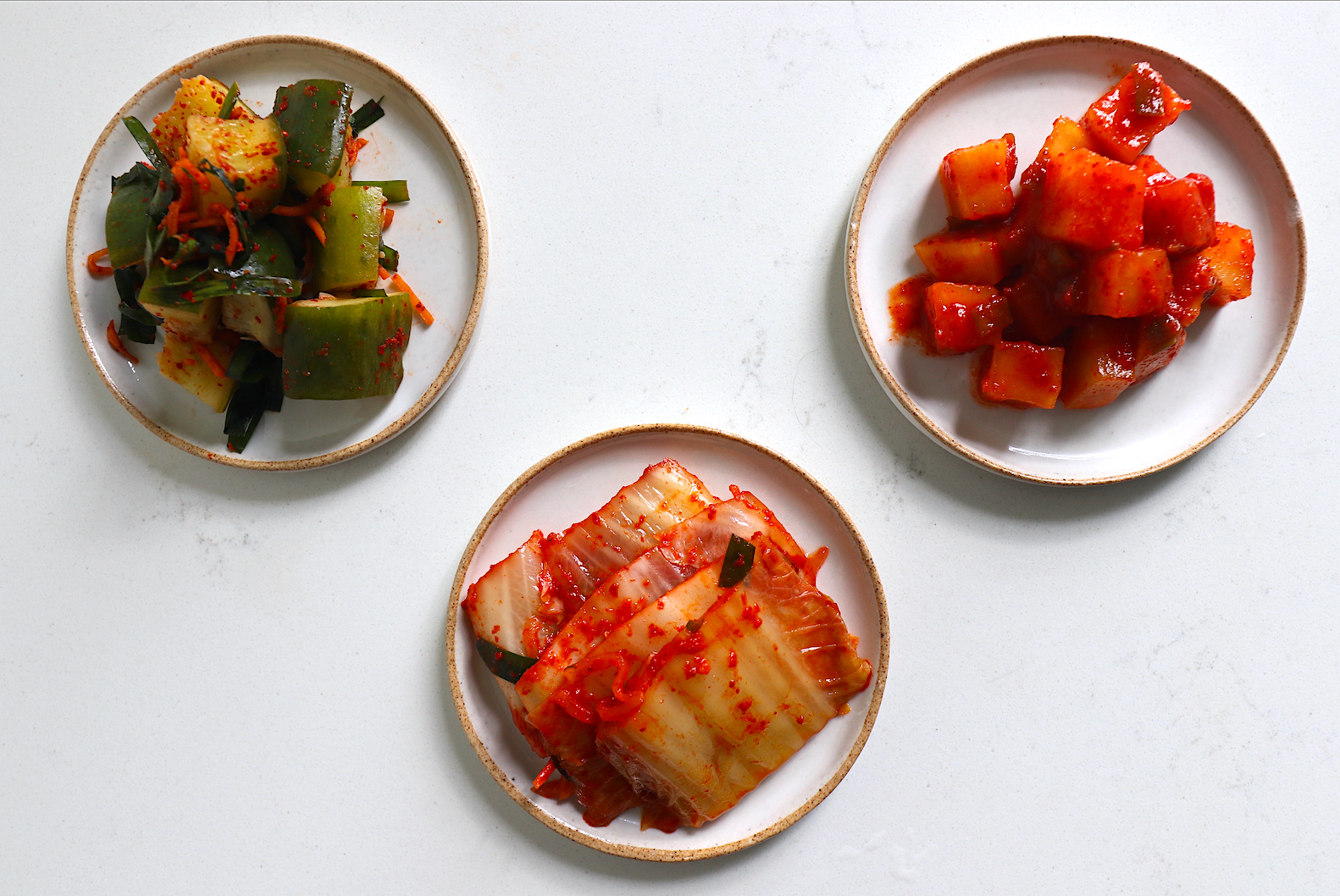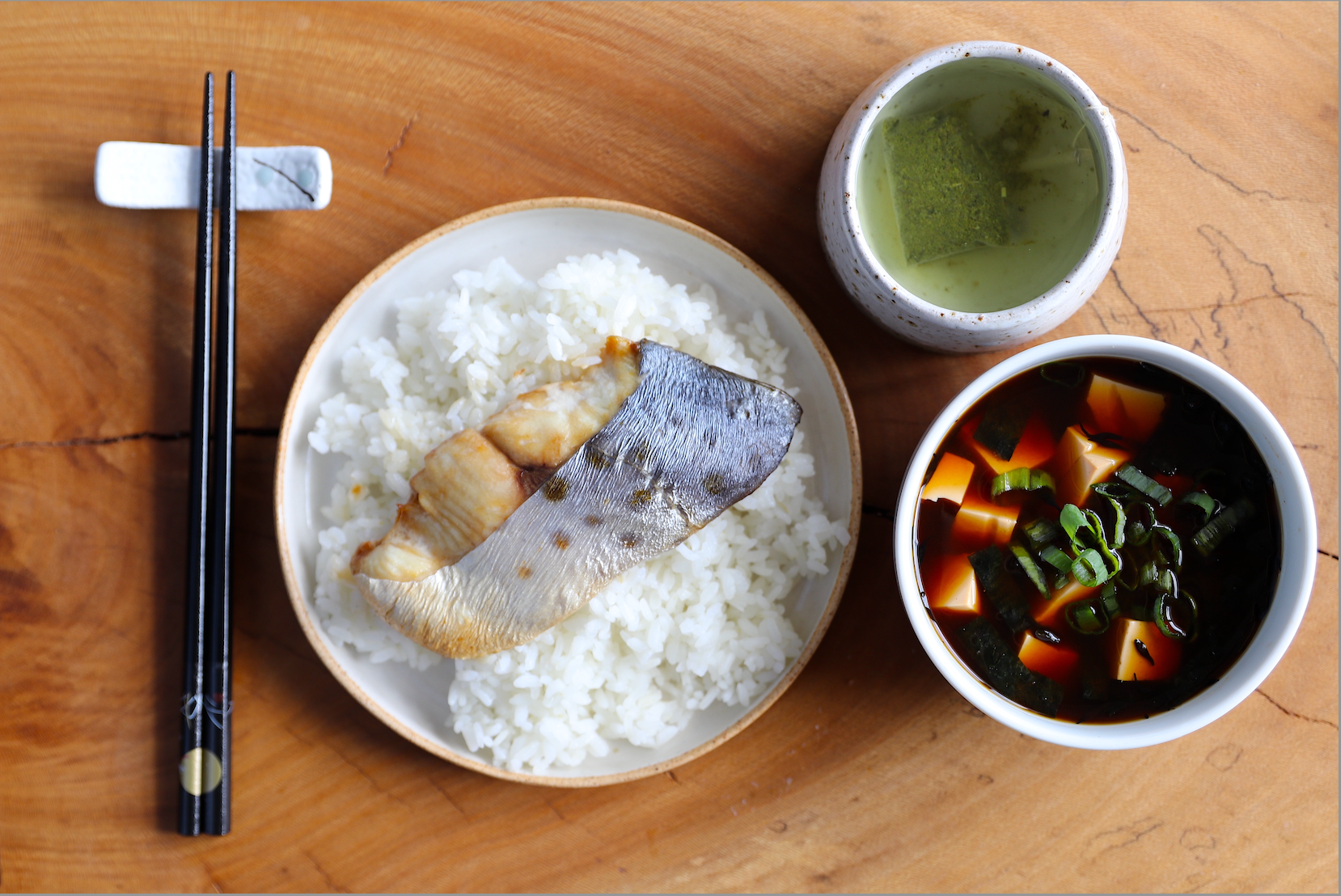
Japanese Breakfast is The Superior Breakfast
By Alex Chung
Senior Food Writer at Pro Home Cooks
Lorem ipsum dolor sit amet, consectetur adipiscing elit, sed do eiusmod tempor. Lorem ipsum dolor sit amet, consecte.
My morning like yours, normally start in a rush. From having to take my 15 month old border collie out for a one hour run to the nearest dog park to taking a shower and getting ready for the day, I rarely have any time to have breakfast during the week. My usual go to is a boiled egg on toast with a squeeze of kew pie mayo or just some tea. But when the weekends roll around and I have all the time in the world my breakfast is more indulgent. Not in the way of greasy meats and fluffy sweet carbs but in time because my Sunday breakfast these days usually look something similar to this.

This is a traditional Japanese breakfast and to me, it is the superior breakfast. It might seem like a lot of food but really its the perfect amount. It’s light yet filling enough to keep you energized throughout the morning. It won’t bog you down and the portions are small so you get a little bit of everything.

Typically, a Japanese breakfast is served with a bowl of rice, miso/clear soup, a piece of baked protein (mainly fish), and various side dishes of pickled/fresh veggies, eggs, tofu, and or nori. I know it might seem a little intimidating at first to make a full blown Japanese breakfast on your easy Sunday morning but its very customizable to what you already have in the fridge. The various side dishes for me will change depending on what I have in my fridge. It can stem from a variety of pre-pickled veggies like umboshi (pickled plum), pickled ginger, daikon, or pickled scallions to simpler sides like a soft boiled egg, steamed edamame, freshly cut cucumbers or carrots, or even a little bit of last nights leftovers. However, one thing is for sure, the miso soup, rice, and baked fish are always present.

TOP ARTICLES

Sourdough Baking School
Master the art of sourdough bread baking in the most comprehensive baking class on the internet. This class features over three hours of baking content to help you start your sourdough journey.
See More


